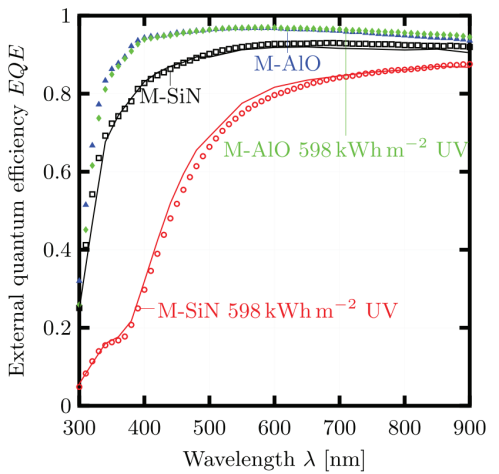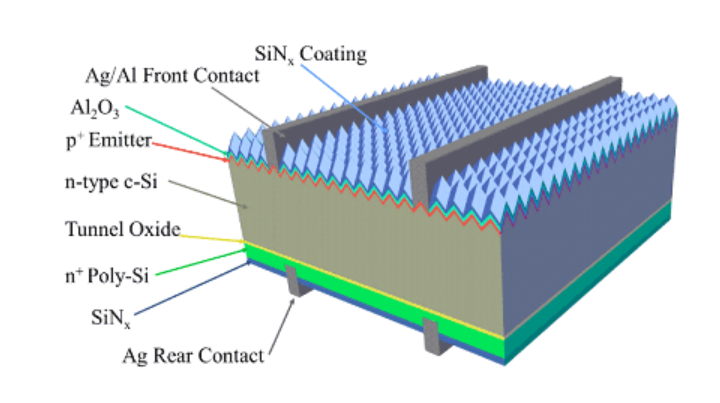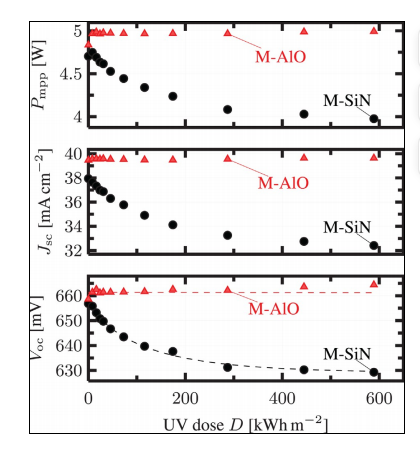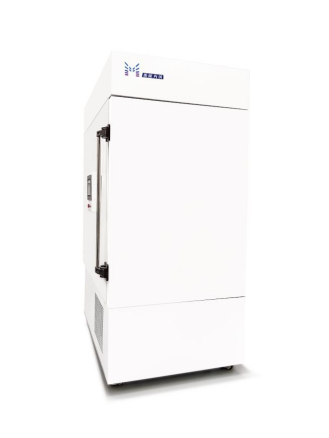Basic Characterization of Solar Cell
In-Line Four Point Probe Tester
Amorphous/microcrystalline Silicon Materials
Steady State Solar Simulator for Solar Cell
Analysis of Defects in Performance Test
Appearance Inspection Platform
Potential Induced Degradation Test
Reverse Current Overload Tester
Potential Induced Degradation (PID) Tester
Current Continuity Test System
Environment Induced Decay Aging Test
Optimizing Solar Cell Performance: the Key Role of UV Preconditioning Chamber
The performance and durability of the cells directly affect the efficiency and reliability of the solar system. Conducting aging tests, especially ultraviolet (UV) aging tests, is crucial to evaluate and guarantee the performance of cells under long-term environmental influences. The UV Preconditioning Chamber uses high-precision lighting simulation technology to accurately simulate natural lighting conditions, providing key technical support for product development and quality control of cells. This article will explore how this high-precision light simulation technology can optimize cell testing to improve product performance and reliability.

External quantum efficiency of two different passivations before and after UV irradiation
Experimental results show that in the spectral range of 300 to 900 nanometers, cells passivated with silicon nitride (SiNx) show a significant decrease in quantum efficiency under ultraviolet radiation. This performance degradation is primarily attributed to UV-induced surface degradation. In addition, the experimental data also revealed that when the photon energy is higher than 3.4 eV, although the silicon passivation interface on the illuminated surface remains stable, the radiation degradation effect significantly increases the current density of the front surface reorganization module, this also significantly reduces overall performance.
UV protection experiment of cells
By comparing the performance of silicon nitride (SiNx) and aluminum oxide (AlOx) + silicon nitride (SiNx) with two different passivation materials under ultraviolet irradiation, to evaluate the effectiveness of these materials in protecting cells from UV radiation.

The front of TOPCon adopts SiNx+AlOx
Silicon nitride performance
Surface passivation: Silicon nitride improves battery efficiency by reducing the recombination of electrons and holes on the silicon surface. This is achieved by forming a passivation layer on the surface of the silicon crystal, which effectively reduces the surface state density and thereby reduces non-radiative recombination of carriers.
Refractive index adjustment: The refractive index of silicon nitride can be adjusted by changing the optical properties of the atmosphere components during the deposition process (such as the ratio of ammonia to silane).
Anti-reflective performance: The SiNx layer not only serves as a passivation layer, but also helps reduce light reflection and improve light absorption because of its moderate refractive index (about 2.0). In the experiment, the complex refractive index of the SiNx layer was measured by variable angle ellipsometry (VASE) to ensure its optimal optical properties.
Resistance to UV aging: In UV exposure tests, cells passivated with SiNx showed performance degradation, especially after UV exposure. This may be due to the chemical structure changes of the SiNx layer caused by UV illumination, such as the breakage of Si-H bonds, resulting in a decrease in passivation effect.
Cell efficiency and stability: Although SiNx provides good initial passivation, its stability may be worse than the AlOx/SiNx composite layer under prolonged UV exposure. Exhibited greater performance degradation in UV testing, mainly reflected in power reduction and loss of short-circuit current density (Jsc).

UV irradiation with different test powers
Aluminum oxide (AlOx) + silicon nitride (SiNx)
A combination of silicon nitride (SiNx) and aluminum oxide (AlOx) is used as a surface passivation layer in silicon-based solar cells. The purpose of this composite passivation layer is to combine the advantages of both materials to improve battery performance and stability.
This composite layer achieves lower surface recombination speed and higher carrier lifetime by combining the chemical passivation of AlOx and the surface passivation ability of SiNx.
The aluminum oxide layer is typically thin to optimize the surface electric field, while silicon nitride provides the necessary physical protection and optical enhancement.
In UV durability tests, AlOx/SiNx passivated modules showed less performance degradation. This may be because the AlOx layer provides additional chemical stability when exposed to UV radiation, protecting the silicon surface beneath the SiNx layer.
Compared with batteries passivated only with SiNx, the composite passivation layer exhibits better long-term stability and resistance to environmental stress.
UV Preconditioning Chamber

E-mail: market@millennialsolar.com
The UV Preconditioning Chamber monitors changes in cells under light by simulating different lighting conditions. It can be used for photovoltaic cell product development and quality control or to evaluate changes in the durability of cells after composition.
Irradiation area: 800×800mm (can be customized);
Light intensity range: 200~1000W/㎡ (can be customized);
Spectral range: 280~400nm;
Unevenness: <15%,
Equipped with an independent system that can independently adjust the irradiation intensity of each light source and the overall irradiation intensity
In ultraviolet (UV) aging testing, accurately simulating UV light conditions is critical to understanding and improving solar cell performance and durability. UV Preconditioning Chamber can provide detailed evaluation of the stability of cells after long-term environmental exposure, and can also provide key data for product development and quality control. We look forward to the continued advancement of cell technology and its positive contribution to a wider range of renewable energy technology applications.
Want to know more? Please contact us.
For more information about these stories or the Millennial Group, please contact us.
Fast Delivery & Comprehensive Support
Provide customers with comprehensive support from product to production line operation through on-site operation guidance and after-sales technical support.
Name *
Company
Title
E-mail *
Phone number *
City *
Country
Please select a product category
I am interested in receiving information about *
My message